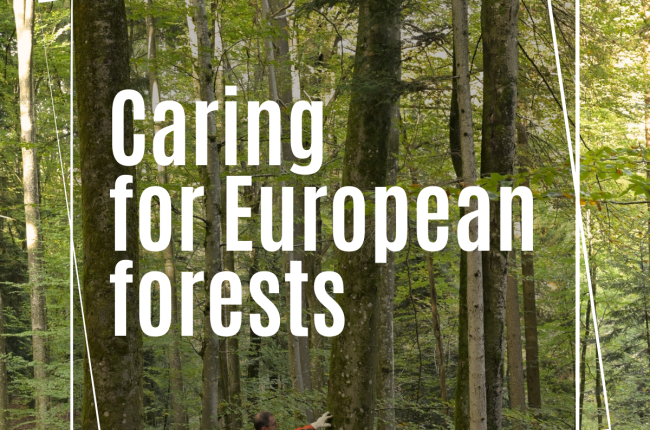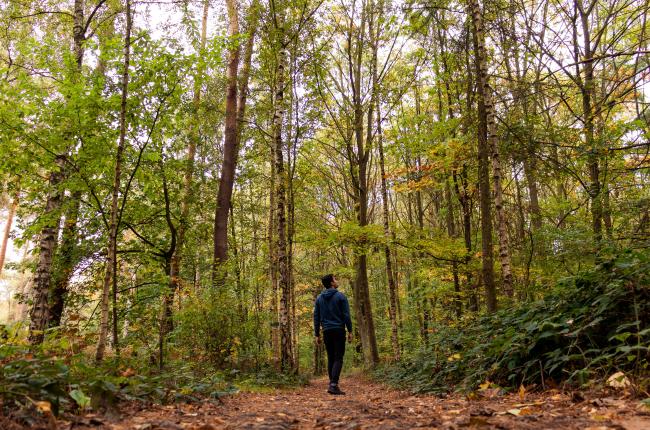While more than one third of Europe is covered by forests which provide European citizens with economic, environmental and social benefits, the multifunctional role of forests is all too often overlooked. This is mainly due to the spread of generalised messages, such as the degradation of EU forests, the purely commercial use of forests, etc. Such messages underestimate the continuous efforts undertaken by forest owners and managers to ensure sustainable forest development and to maximise their potential to serve people, the climate and nature. In fact, EU forest owners and managers have a long tradition of and hands-on experience in sustainable management of multifunctional forests. This was showcased by three practical examples: the management of wetlands in Sweden, tools to enhance the multifunctionality of forests in Croatia and agroforestry in Portugal.
In addition, it was also highlighted that collaboration between policy-makers and the forest sector is central to optimising the multiple benefits provided by forests. This is particularly relevant within the context of climate change and emerging societal expectations in Europe.
MEP Petri Sarvamaa underlined that, "A self-standing and robust EU Forest Strategy is the most appropriate tool to enable multifunctional EU forests to tackle the challenges of our time.”
Actors in the forestry sector believe that a balanced approach to all forest functions is key to ensuring consistency between forest-related policies. This is especially true when taking into consideration the scope of the European Green Deal. The future EU Forest Strategy should establish a framework for all relevant initiatives within the European Green Deal. These include the EU Biodiversity Strategy, the EU Climate Law – achieving climate neutrality by 2050, the EU bio-based circular economy, the Common Agricultural Policy (CAP) and other policies.




